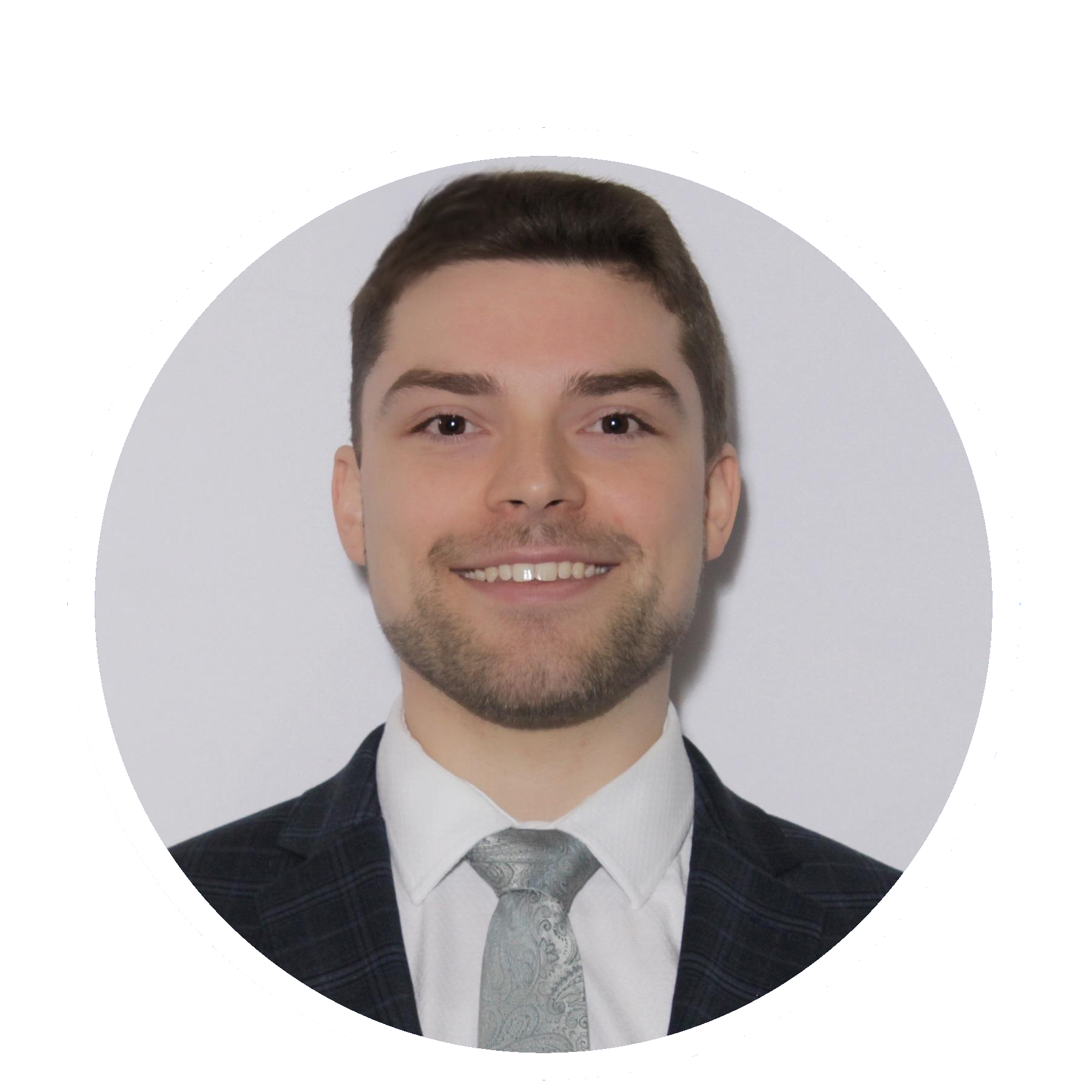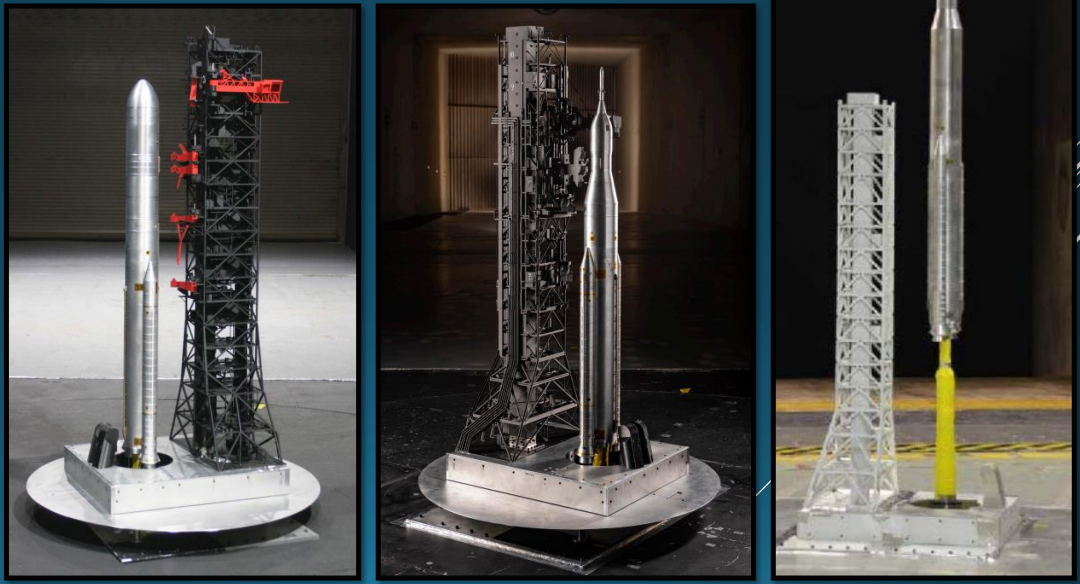Completed
AE8116: Flight Dynamics and Aircraft Control
- Various analyses and tools for designing a controllable aircraft. Six-degree-of-freedom flight simulation models. Classical and modem control system techniques. Adaptive control. Digital control. Pilot-in-the-loop considerations.
AE8147: Testing and Evaluation of Composites
- Quality assurance of composites; theory and practice for the determination of tensile, compressive, and shear properties of composite materials and sandwich structures; techniques for the determination of physical and chemical properties of composites; environmental testing of composite materials and structures; non-destructive techniques such as ultrasonic, acoustic emission, infrared, and lasers for evaluation of composite structures. Project on selected topics of current interest.
AE8146: Applied Aerodynamics
- This course introduces students to analytical and numerical methods applicable to airfoils and wings. Students will be able to model two- and three-dimensional flows. Students will understand how to estimate lift, drag and moment of wings using analytical and numerical methods. Students will have an understanding of high-lift systems and of rotor aerodynamics.
AE8148: Spacecraft Dynamics and Control
- This course presents advanced methods of modelling spacecraft orbital and attitude dynamics, as well as advanced methods of orbital and attitude control. Topics covered include Lagrangian and Hamiltonian dynamics formulations, flexible spacecraft modeling, dynamical systems approach to orbital mechanics, input-output control methods and application to attitude control, optimal control and applications to low thrust trajectory design
AE8143: Avionics and Navigation
- This course studies navigation and estimation for air, ground, and space vehicles. We consider state estimation strategies that utilize inertial navigation systems as well as those that use external navigational aids such as GNSS and other sensor systems. Modern aircraft and spacecraft avionics systems will be studied, with particular emphasis on predicting performance and accuracy.
AE8112: Computational Fluid Dynamics and Heat Transfer
- The finite difference discretization method is applied to the solution of the partial differential equations arising from the mathematical modelling of fluid flow, heat transfer and combustion processes. The equations can be parabolic, elliptic or hyperbolic. Items like convergence, stability, consistency, numerical diffusion and turbulence modelling will also be presented.
ME8132: Sequencing and Scheduling
- The class is concerned with the analysis of the following sequencing problems: single-machine, parallel, identical and different machines, general jobshop and special cases of the jobshop and flowshop under various objective functions and assumptions. Models and algorithms for the basic sequencing problem are formulated.
ME8151: Combustion Engineering
- This course will cover combustion fundamentals and their application to engineered combustion systems such as furnaces, engines, and gas turbines, with an emphasis on maximizing combustion efficiency and minimizing pollutant formation. Topics covered will include flame stoichiometry, chemical kinetics, flame temperature, pre- mixed and diffusion flames, droplet combustion, fuel properties, continuous and unsteady combustion systems, pollution reduction techniques and safety issues.
EE8103: Random Processes
- Probability theory: mathematical model, conditional probabilities, random variables, pdf, transformation of random variables, conditional densities, statistical averages. Random processes concept; ensemble, stationarity, ergodicity, correlation and covariance, power spectral density, calculation and measurement of AVF and PSD, Gaussian random processes, noise. Transmission of random processes through linear systems: time-invariant systems, multiple terminals, Gaussian processes, non-stationary processes.
AE8202: Aircraft Safety & Reliability
- Assessing aircraft safety and reliability is an integral part in the aircraft certification process. This course provides an understanding of Reliability, Maintainability, and Safety (RMS) principles, and highlights the role of RMS in aircraft design for certification and airworthiness. The course covers the mathematics of reliability analysis, failure modes, and fault-tree analysis. Safety assessment procedures are examined in the context of real-world examples
Note: All completed courses have a grade of A+. Transcript is included below.
In an Avionics and Navigation assignment, I utilized a Gauss-Newton nonlinear least squares solver to determine the position from ‘cold start’ GPS data. The solution pinpointed the location to a communications building on Omelek Island in the Kwajalein Atoll, demonstrating my ability to apply advanced numerical methods to real-world navigation problems.

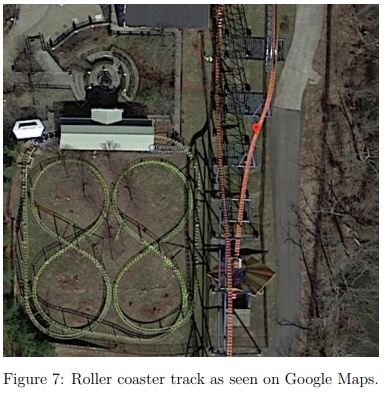
As part of the same assignment, I analyzed satellite data to identify a roller coaster at Six Flags New England during a vertical drop of 18.27 m/s. This project showcased my skills in data interpretation and kinematic analysis using GPS and satellite imagery.
In Spacecraft Dynamics and Control, I calculated patch points between a Lunar Distant Prograde Orbit (DPO) and the second Lagrange Point (L2). This project involved complex orbital mechanics and trajectory optimization, highlighting my expertise in space mission design and orbital dynamics.
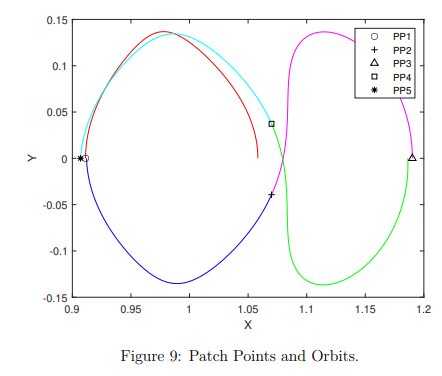
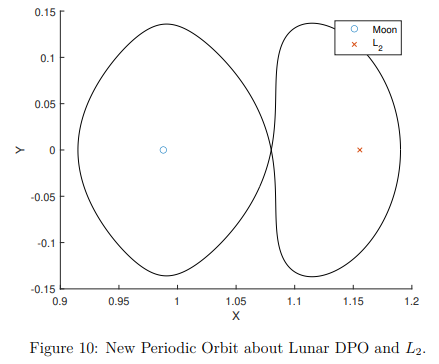
Building on the previous project, I applied a multiple-shooting differential corrector to refine velocity guesses and determine a new periodic orbit. This work demonstrated my ability to use advanced numerical techniques to solve complex orbital mechanics problems.
In Combustion Engineering, I simulated the autoignition of methane at 55 atm and 1000 K using Newton’s method. This project involved modeling chemical kinetics and heat transfer, showcasing my skills in computational fluid dynamics and thermodynamics.

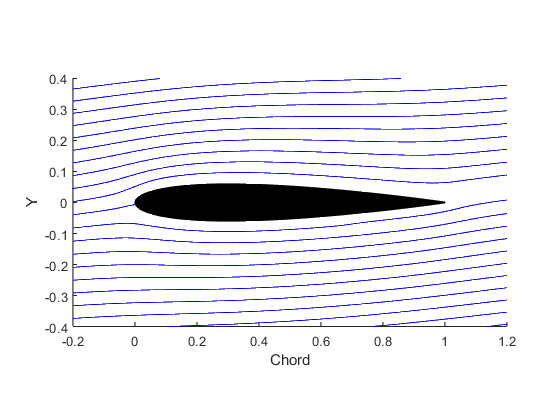
In Applied Aerodynamics, I generated streamlines for a NACA 0012 airfoil at a 5° angle of attack. This project involved using computational tools to analyze aerodynamic performance, demonstrating my expertise in fluid dynamics and airfoil design.
Graduate Transcript
